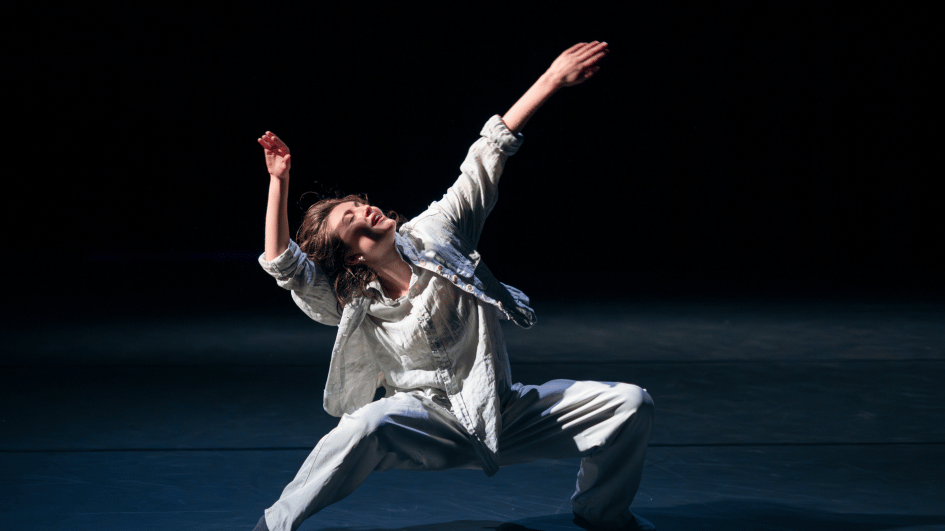Amida Mound reveals Diyarbakır’s history
DİYARBAKIR

Several artifacts have been unearthed in archaeological excavations carried out in Amida Mound in the historical Sur district, known widely as the heart of the southeastern province of Diyarbakır, becoming the latest trove of finds that will shed light on the history of Mesopotamia.
Works have been headed by Dicle University’s Professor İrfan Yıldız in the mound, which has been home to many civilizations including the Hurri-Mitannis, Urartians, Assyrians, Medes, Persians, Tigran the Great Kingdom, Romans, Sassanid, Byzantines, Umayyad, Abbasids, Ayyubid, Seljuk, Ottoman and Artukids.
With the completion of this year’s excavations, carried out under difficult conditions due to the COVID-19 pandemic, many movable cultural assets from various periods starting from 6,100 B.C. were unearthed. The works provide clues on Diyarbakır’s long history.
Speaking to state-run Anadolu Agency, Yıldız said that the excavation works have been carried out since 2018 in the ancient mound. He stated that 1,700-year-old burial chambers were unearthed along with water channels and a central heating system, which are believed to be 1,800 years old, and that there are also movable cultural assets.
Yıldız said that the Artuklu Palace was built by the Artukid ruler Nasırüddin Mahmud between 1,200 and 1,220, and that he also built many structures in Diyarbakır.
Yıldız noted that both last year and this year’s excavations unearthed coins with a double-headed eagle figure, which was the coat of arms of Nasırüddin Mahmud.
“Last year, we found an example of a coin minted by Nasırüddin Mahmud in Diyarbakır. This year, we found three more coins. The fact that these coins were printed in Amida shows the importance of this region. We also understand from the coins that Hasankeyf and Artukids had relation with the Ayyubids because the name of the Ayyubid ruler Melik Adil Ebubekir is also mentioned on the same coins. Apart from that, many coins belonging to the Islamic period were also found this year. The coins from the Akkoyunlu and Ayyubid periods unearthed in the excavation are also remarkable. This year, two seals, one belonging to the Ottoman period and the other to the Republic period, were found. Belonging to people named Ahmed and Muhammed, the coins are from 1920 and 1927.”
Stating that there were also both stones and ceramics among the finds of this period, Yıldız said, “Ceramic finds are from the Late Neolithic, Early Chalcolithic, Bronze Age, Iron Age and later Byzantine, Roman and Islamic periods. Two figured pieces belonging to the Artukid period were unearthed. These were also remarkable ceramics. We also found tile pieces and stone ornaments on the walls of the palace.”
Stating that Amida Mound is the heart of Diyarbakır, Yıldız stressed that the mound has an important place in terms of the city’s tourism.
“The coins and ceramics unearthed in the excavations are important to determine the periods in the Amida Mound and they shed the light on Diyarbakır’s history. We understand from the findings that uninterrupted life continued in Amida in every period. It is one of the rare places where life has continued uninterruptedly for 8,000 years,” he added.
















